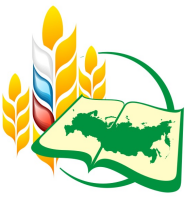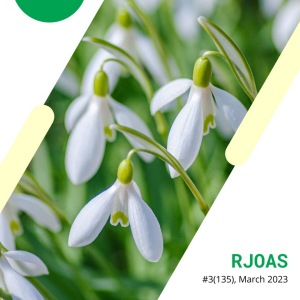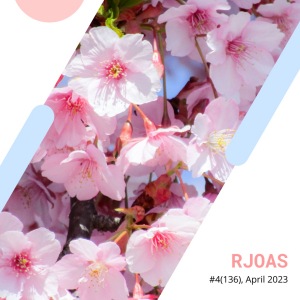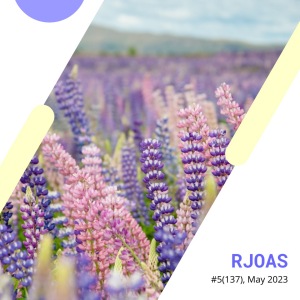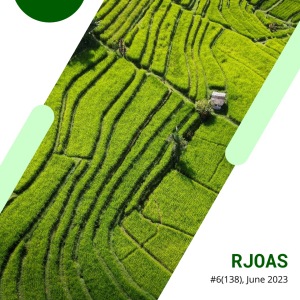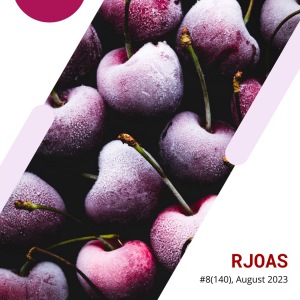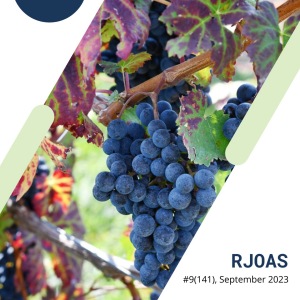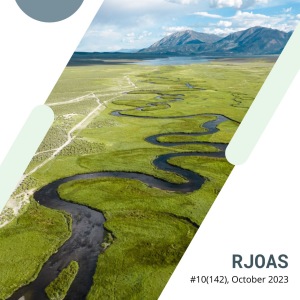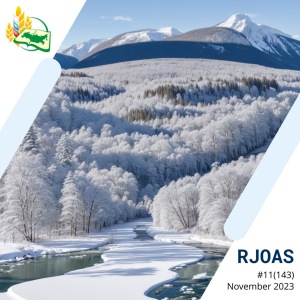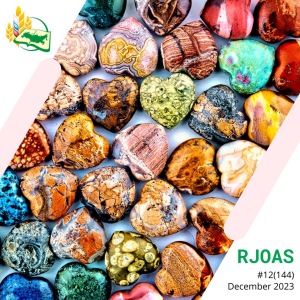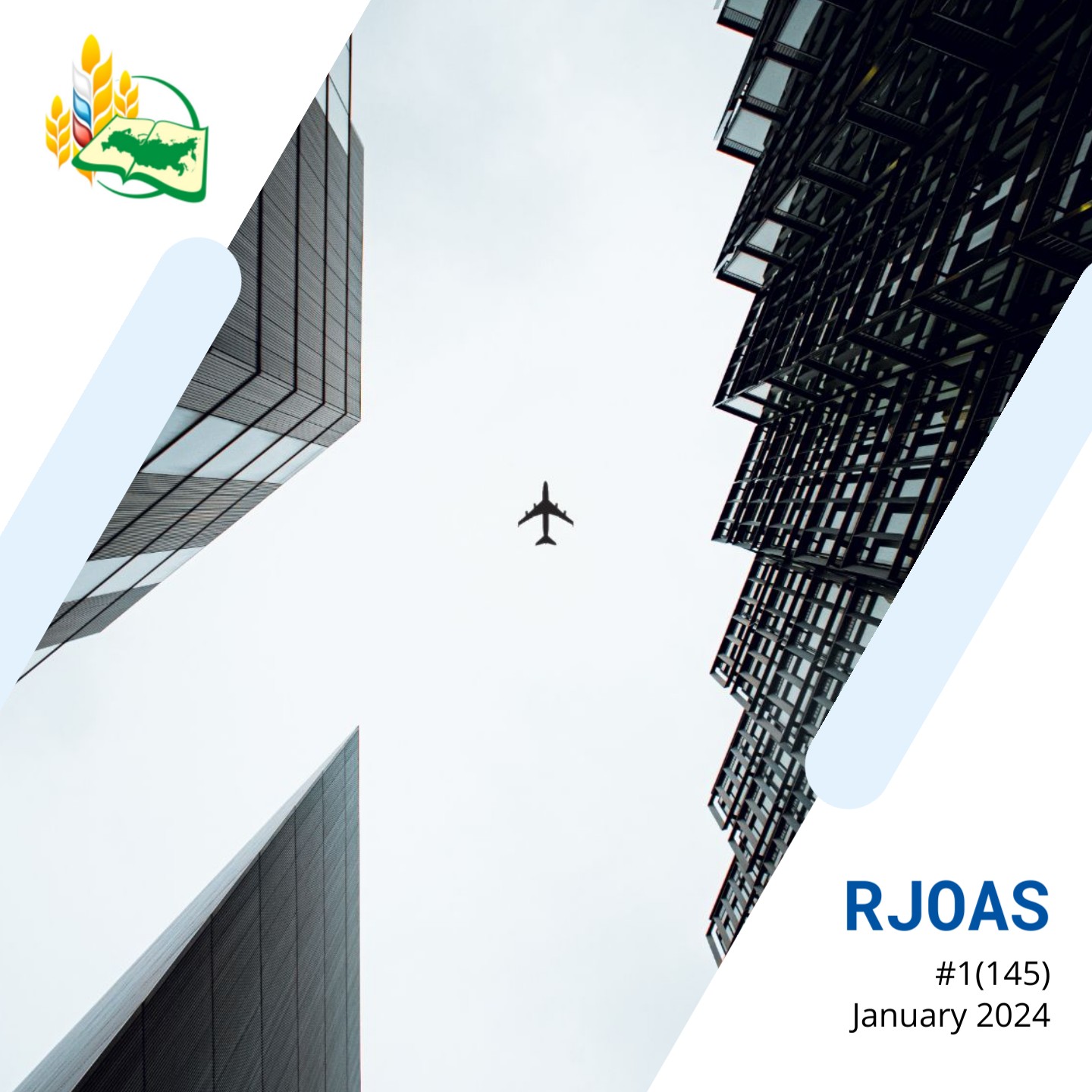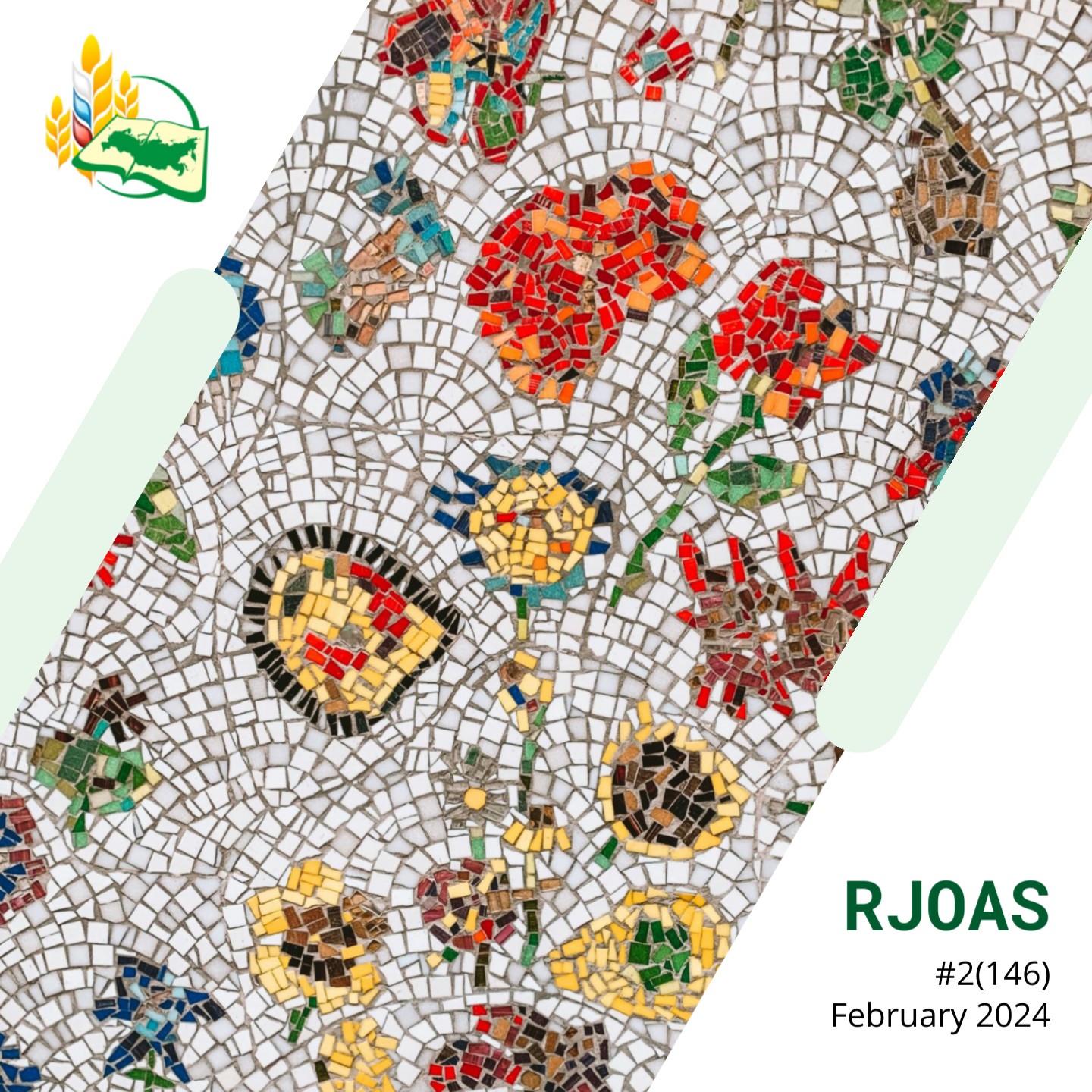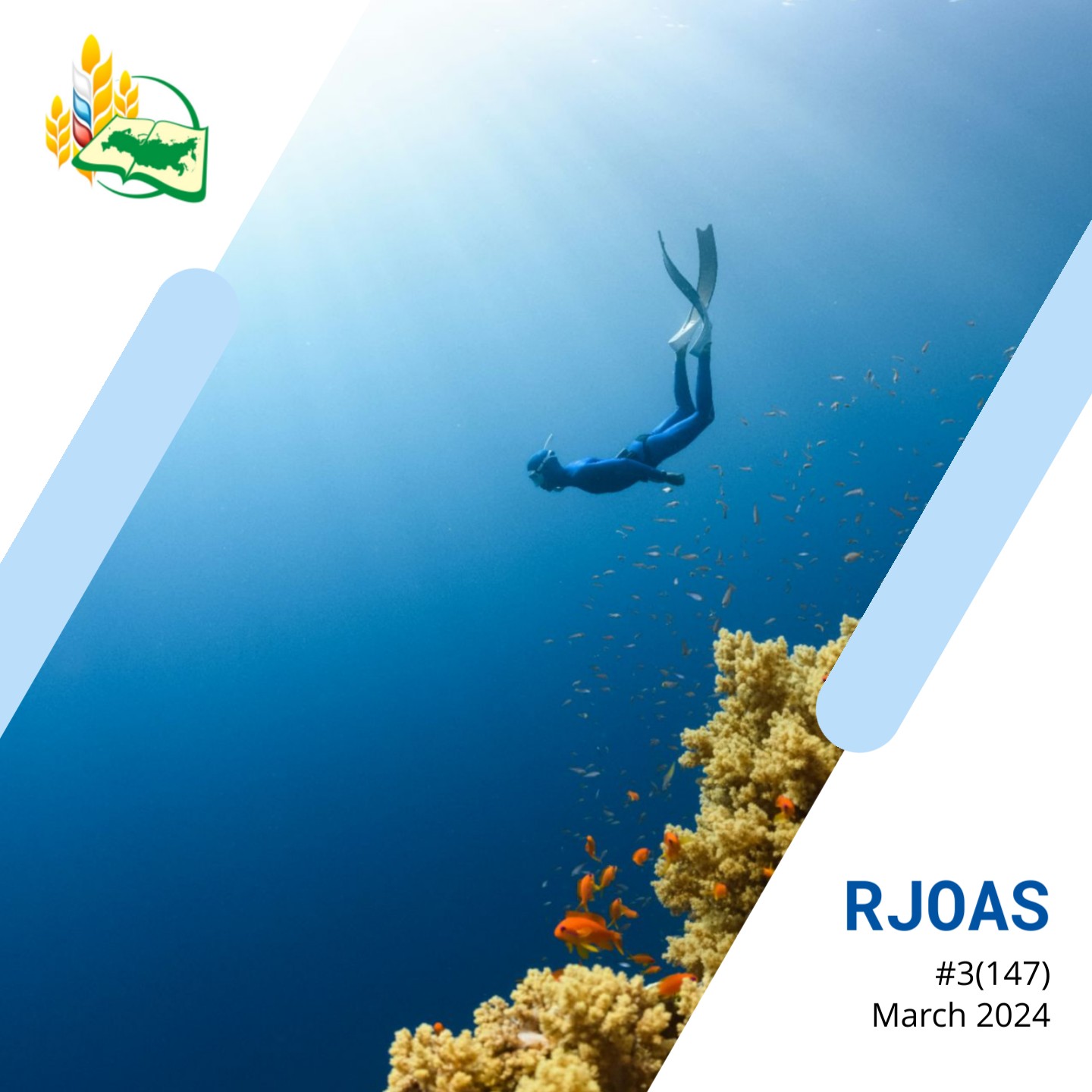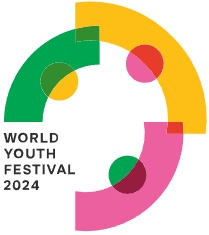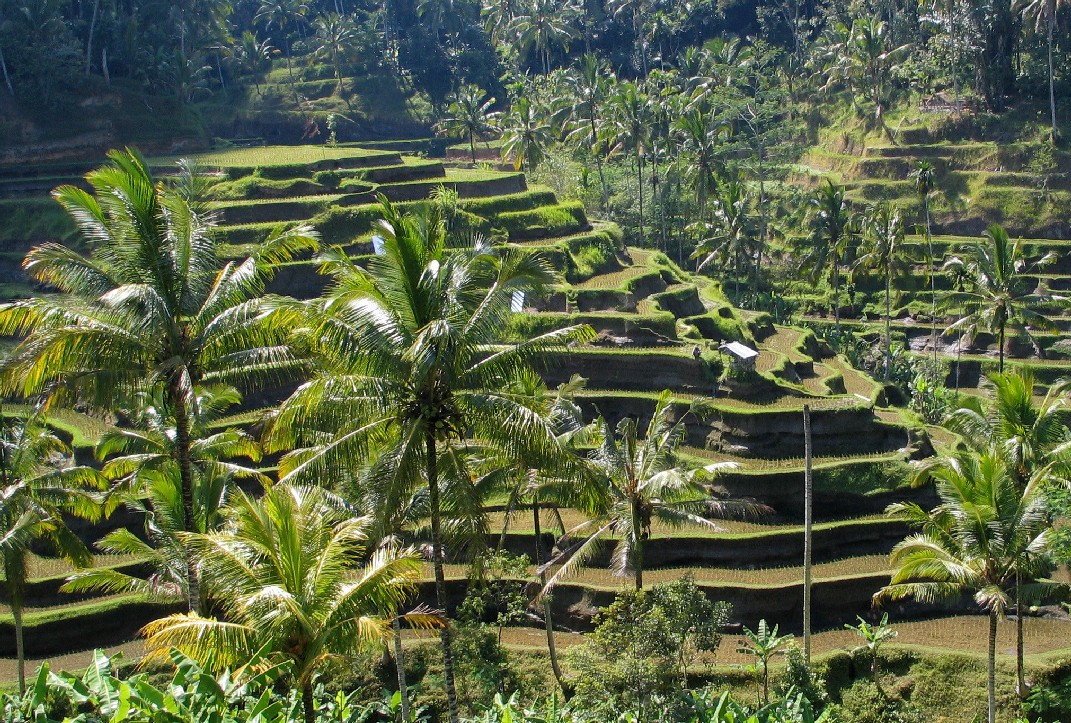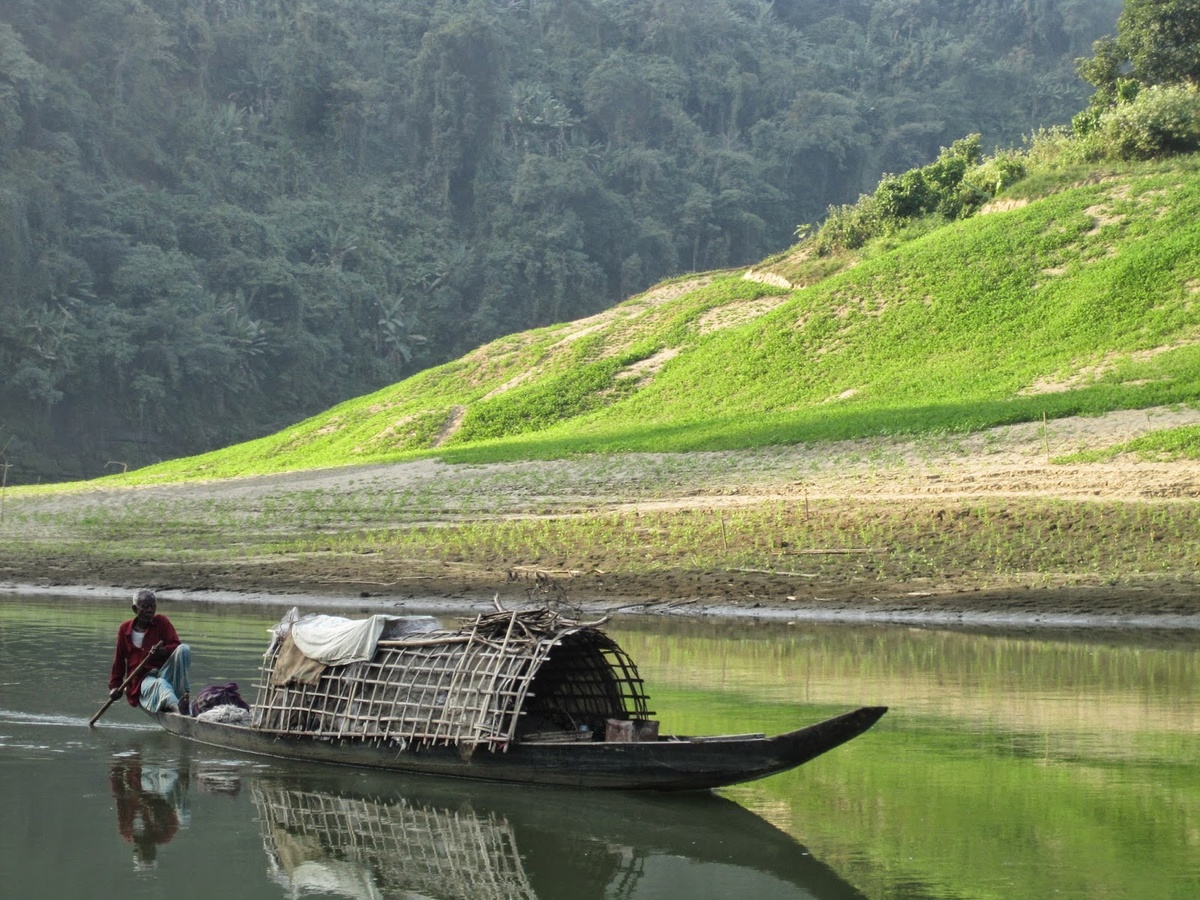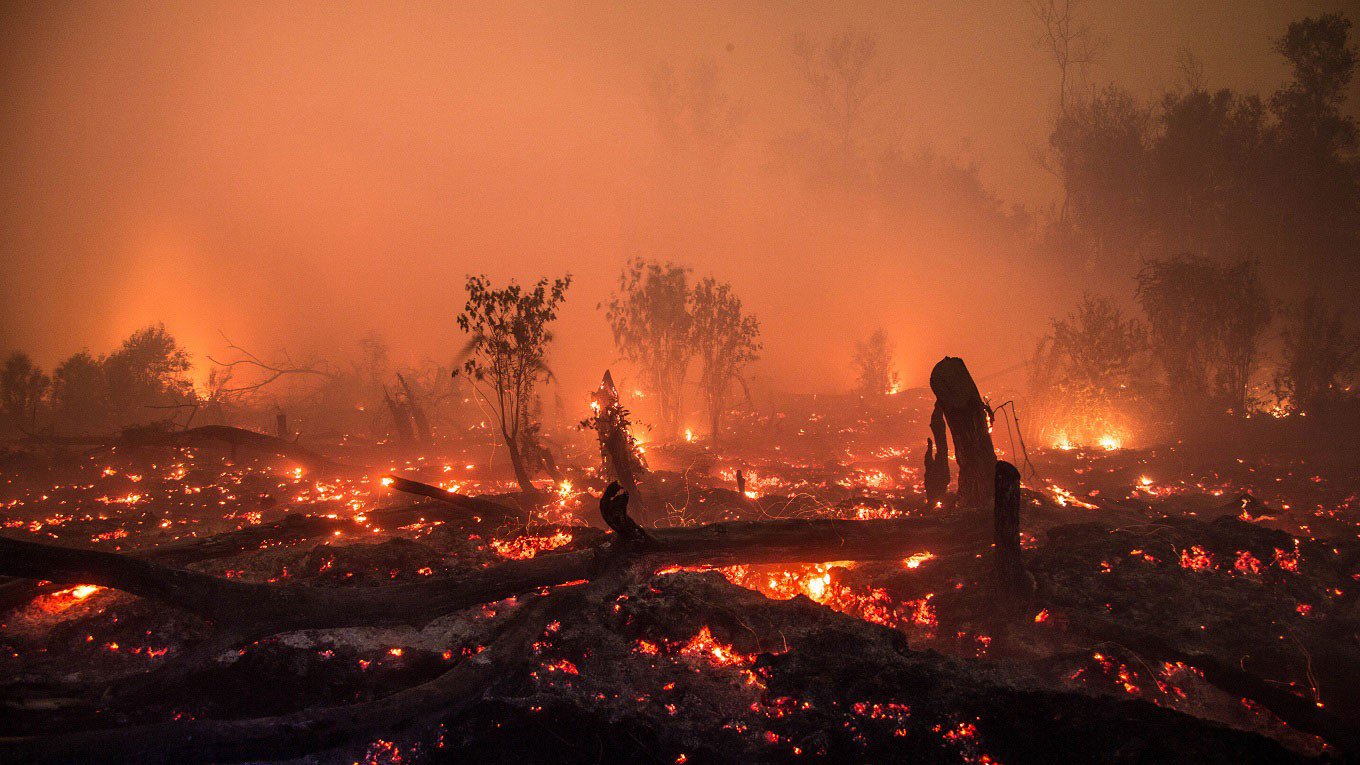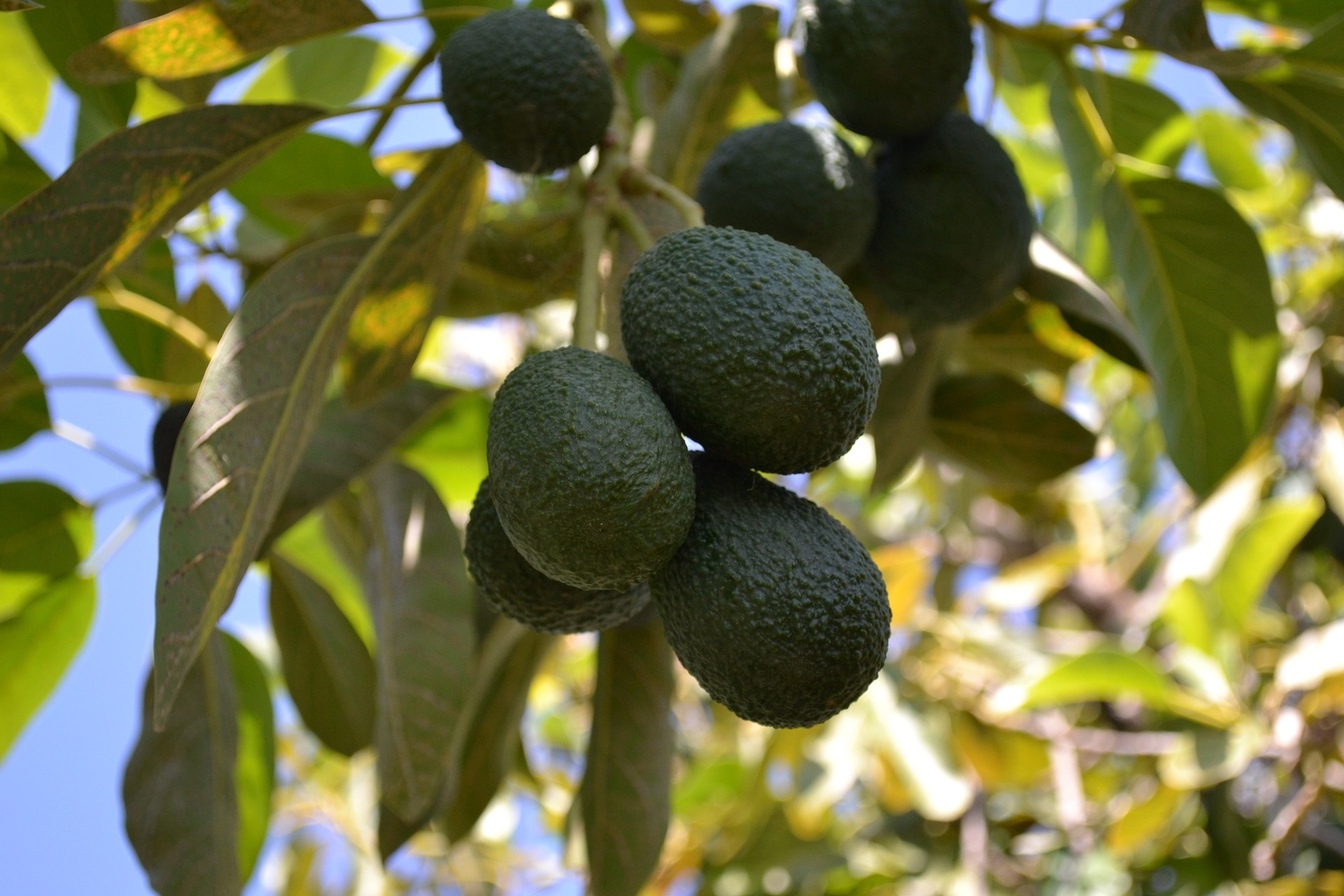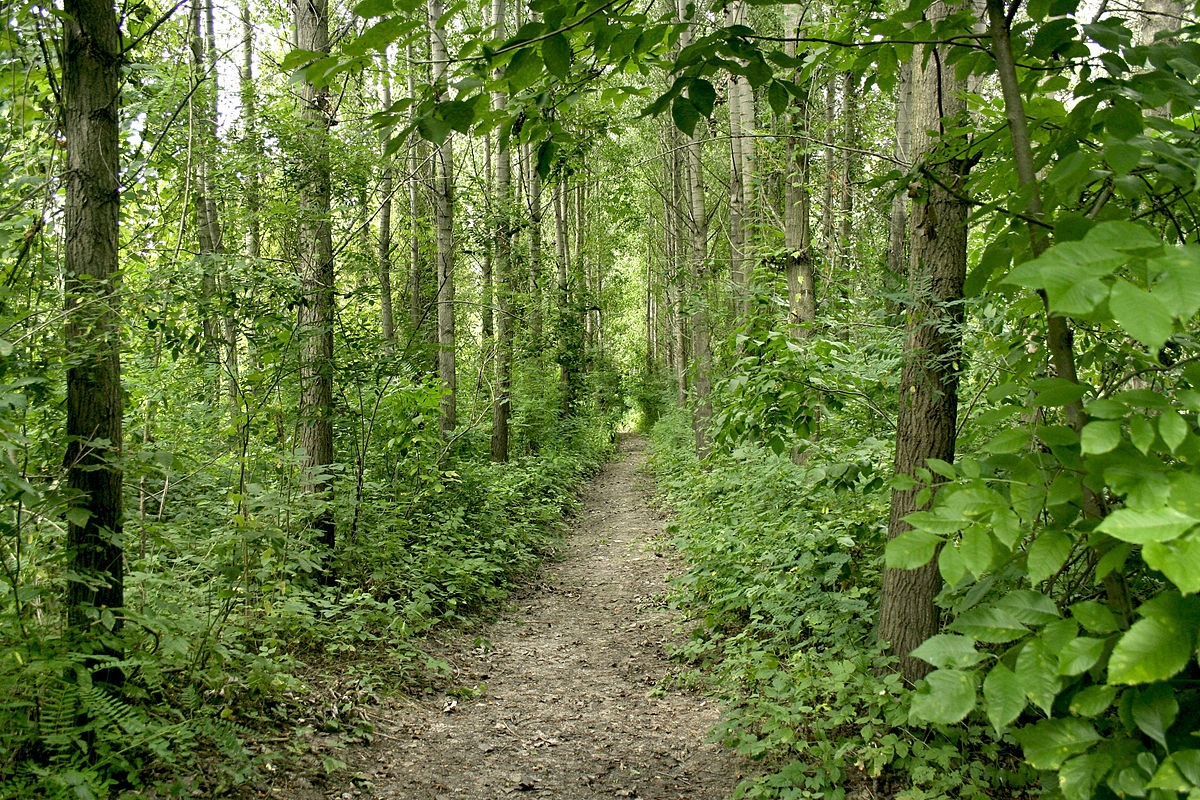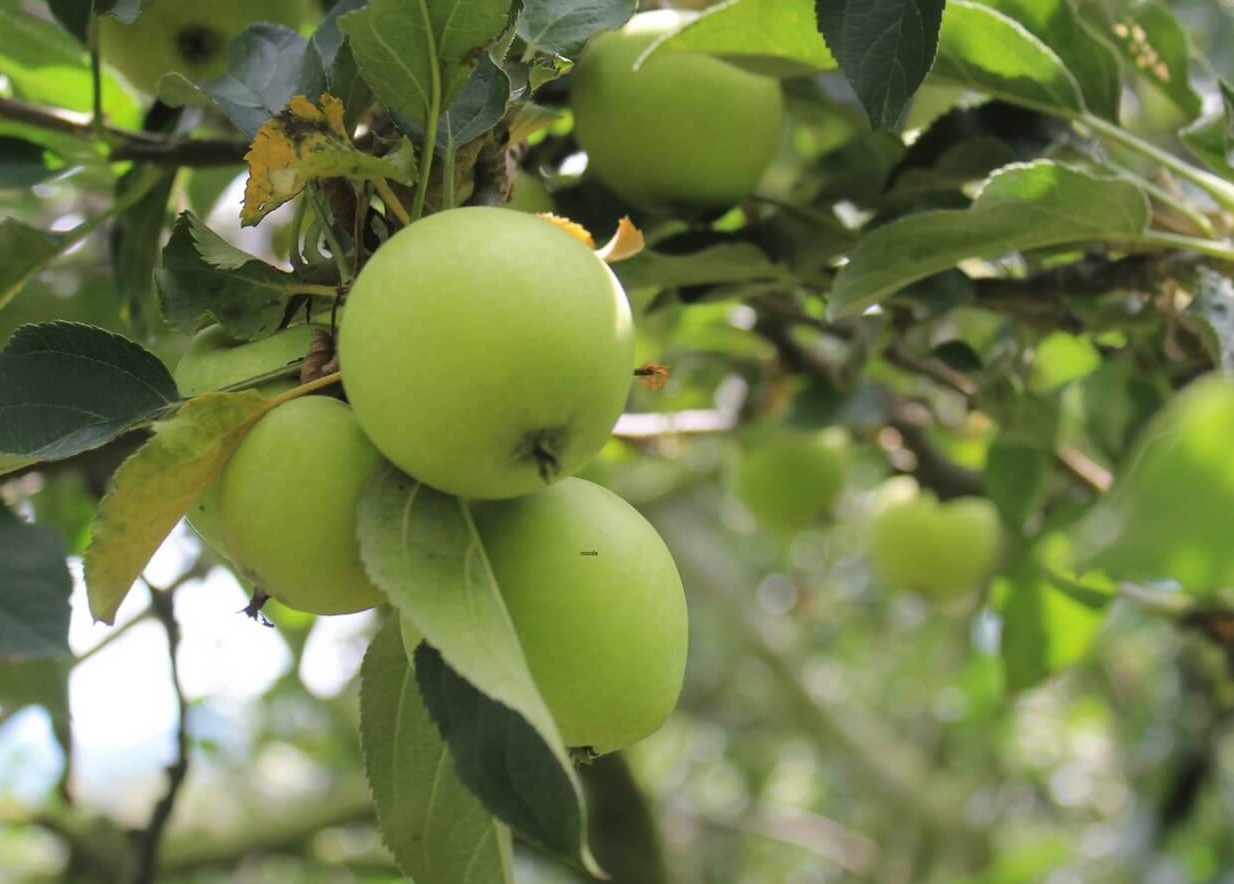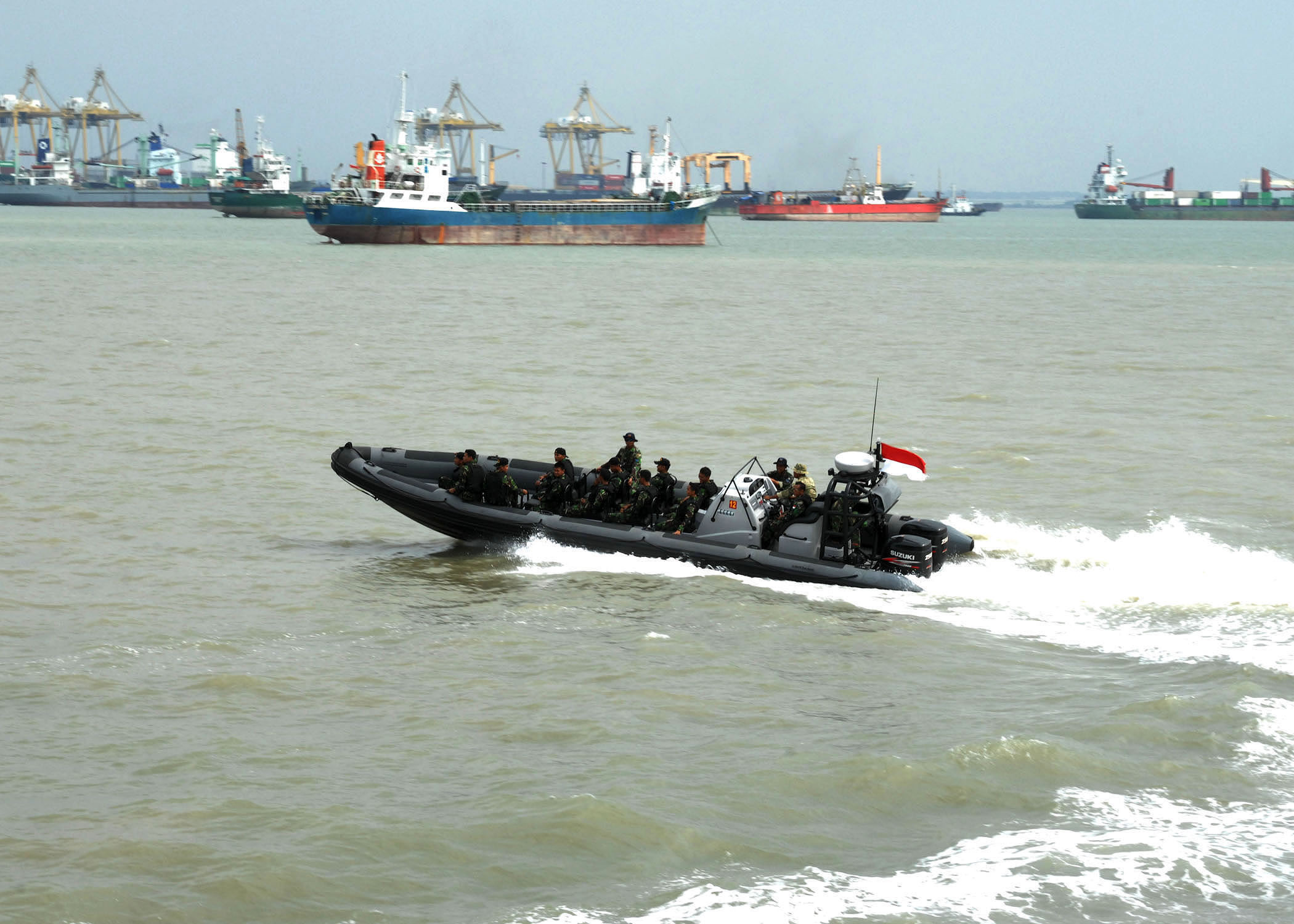EDITOR'S CHOICE
The study of agribusiness wetland rice farming system in an attempt to synergize subak with ecotourism: a case in subak Sembung, Bali province of Indonesia
|
The rapid development of tourism in the Bali Province led to the conversion of agricultural land into a settlement and tourism support facilities are growing rapidly occurred in Denpasar City. This causes the decline in the area of rice fields and increasingly threatened the existence of subak (Balinese cultural base irrigation system for paddy fields) in Denpasar City. By making the paddy field become a tourism object based on the principles of ecotourism, is expected to maintain the existence of subak in Denpasar City. This study examines the benefits and feasibility of wetland paddy farming, economic efficiency of the use of production factors of wetland paddy farming, environmentally friendly production pattern of wetland paddy farming, the potential of subak sembung area as the attraction of ecotourism, performance of agribusiness system of wetland paddy farming and create a synergy model between subak and ecotourism based on agribusiness. The results obtained can be concluded that the commodity rice paddy worth to be used as farming in Subak Sembung, rice farmers in Subak Sembung classified as efficient in using production factors but has not achieved optimal efficiency, production patterns in Subak Sembung still using chemicals (not yet environmentally friendly) and Subak Sembung has a very noble agrarian cultural value that can be used as tourism assets.
© 2017 by the authors. Licensee RJOAS, Orel, Russia. This article is an open access article distributed under the terms and conditions of the Creative Commons Attribution (CC BY) license.
Life of the riverine fishermen: present status of livelihood strategies and economic conditions at Payra River, Bangladesh
|
A study was conducted to find out the livelihood condition of Payra River, located at the Angaria union of Dumki upazila under the district of Patuakhali for twelve months from July, 2012 to June, 2013. In the present study, it was found that highest percentage (40%) of the fishermen is young (21 to 31 years) where about 92% of the fishermen used boat for fishing. By religion, 46% fishermen are Muslims and majority (54%) fishermen are Hindus. In terms of education, 50% had education up to primary level, 12% of fishermen in secondary level, 4% fishermen had education up to SSC level and 6% had no education. About 54% of the fishermen are dependent on upazila health complex for health facilities. Maximum housing condition of the fishermen are Earthen made (52%), 44% are Tin shed building and only 4% are fully furnished cemented building. Service and labor are the main occupation of 4% fishermen. Majority (80%) of fishermen main income source is fishing and among them 54% of the fishermen had 1 to 10 decimal homestead lands and majority (72%) of the fishermen had no agricultural land. In case of other occupation 28% fishermen are involved in agriculture as other occupation, 40% fishermen in day laborer, 8% fishermen in business and 2% fishermen in service. The average monthly income was found to be Tk. 15000 when agriculture is the main occupation. When fishing is the main occupation the monthly income is Tk. 10410. It has been observed that 54% fishermen have training on one or more than one related matter, 46% have no training. So from this study, we can conclude that the livelihood statuses of the riverine fishermen of Payra River were not satisfactory and the fishermen were deprived of many amenities.
© 2017 by the authors. Licensee RJOAS, Orel, Russia. This article is an open access article distributed under the terms and conditions of the Creative Commons Attribution (CC BY) license.
Riau Province is one of the prone areas of forest and land fires in Indonesia. Fires began to grow since the 1980s as deforestation and the clearing of palm oil plantations occured. The peak of a major fire was happened before the study was taken from 2014 to 2015 and caused a smoke haze for months. This study aims to determine the factors causing forest and land fires in Riau in the viewpoint of stakeholders. The research is conducted by using qualitative methods by exploring stakeholder viewpoint through semi-structured interviews on actors representing government, companies, research institutions, NGOs, mass media and community groups. The results show that all stakeholders have the same viewpoint regarding the cause of human-fire perpetrators. Burning is largely done intentionally in open access areas, disputes, concessions, corporate land, and community lands. Fires continue to occur due to lack of oversight by authorities, massive peatland clearance, deforestation, increased permission for forest or land management for political costs, land disputes, human negligence and weak law enforcement.
© 2018 by the authors. Licensee RJOAS, Orel, Russia. This article is an open access article distributed under the terms and conditions of the Creative Commons Attribution (CC BY) license.
Impact of agricultural exports on economic growth of Peru: the case of avocado and grapes
|
Agricultural sector in Peru contributes to 7.7% of Gross Domestic Product (GDP), accounts for 15% of the total export earnings and employs 25% of the labor force. Agriculture products such as grapes and avocadoes have seen notable export successes in the recent years compared to the country’s traditional exports, such as sugar and coffee. Research of the connection between agriculture exports and economic growth wasn’t given serious attention until recently. This study seeks to analyze and quantify the impact of the selected agricultural products’ exports on the Peruvian economic growth using an annual time series data from 1998 to 2016 obtained from Central Bank of Peru and International Trade Centre. Grape exports, avocado exports, agriculture growth rate, real exchange rate and price consumer index for each year of the stipulated period were used as determinant factors of the economic growth. Ordinary Least Square regression, Augmented Dickey Fuller test, Phillip Perron test and Granger Causality tests were used for data analysis. The findings revealed that while agriculture growth rate and the avocado exports have a positive impact on the real GDP, the grape exports and price consumer index have a negative impact. Tests showed that, with the exception of the real exchange rate, all determinants achieved stationary at level I(0). Moreover, there was a unidirectional causality in the relation between the agriculture growth rate and the real GDP, and between grape and avocado exports and agriculture growth. The study recommends policy options including value addition, the incentive for private investment, and improvement of the traditional agricultural production techniques for a proper diversification of Peruvian economy in the future.
© 2018 by the authors. Licensee RJOAS, Orel, Russia. This article is an open access article distributed under the terms and conditions of the Creative Commons Attribution (CC BY) license.
Phylogenetic relationship of Phytophthora sp. infected citrus in East Java of Indonesia using polymerase chain reaction
|
Soilborne Phytophthora species are the pathogen that causes several diseases on citrus in Indonesia. The objective of this research was to know phylogenetic relationship of Phytophthora sp. causing citrus crown rot disease in East Java Indonesia using Polymerase Chain Reaction. The research was carried out at Phytopathology Laboratory, Indonesian Citrus and Subtropical Fruits Research Institute (ICSFRI). The phylogenetic relationship analysis was based on PCR using ITS (Internal Transcribed Spacer) primer. In the research, 21 cultures of Phytophthora were isolated from infected citrus rootstock at citrus center production (Banyuwangi, Jember, Ponorogo, Blitar, and Tulungagung), 2 culture isolates from non citrus center production (Kraton-Pasuruan and Tlekung-Batu) and 1 culture isolate from apple rootstock infected by Phytophthora. The result showed that several isolates from Banyuwangi, Jember, Ponorogo, Blitar and Tulungagung have 100% similarity coefficient, while Banyuwangi-2 isolate have 82% similarity. Ponorogo isolates number 3, 4, and 5 have 100% similarity coefficient. That isolates with other 21 isolates have smallest similarity, i.e. 28%. These data suggest that frequent outbreaks of Phytophthora crown rot in various citrus growing centers might be resulted from other factors rather than from different genetic structure, such as climatic condition which is conducive for the disease epidemic, resistance of citrus rootstock, and plant maintenance.
© 2018 by the authors. Licensee RJOAS, Orel, Russia. This article is an open access article distributed under the terms and conditions of the Creative Commons Attribution (CC BY) license.
Hungarian forest management tendencies at the beginning of the XXI century
|
Today, the forest is a key element of natural resources, the most complex natural (ecological) system in the continent. Because of its environmental impact, it is also a vital condition for healthy human life. In addition to its dominant role in regulating the quantity and quality of waters, the forest defines the nature of the landscape, preserves the richness of wildlife species and, being a renewable natural resource, continuously improves the state of the environment, while producing raw materials, energy sources and food. The present area and condition of forests have evolved over centuries of human activity. Due to their territorial fragmentation and the environmental damage forests are exposed to, we can only count on the indispensable survival, protective effect and products (yields) of forest communities if we treat them professionally and protect them from damaging effects, excessive use and stress, ensuring the diversity and appropriate harmony of their flora and fauna. The forest area of Hungary has grown dynamically over the last decades, however, in the European Union, we are one of the countries with less favourable indicators in this field. This study deals with the current issues of forest management in Hungary (forest area, forest land proportion, forest-tree supply, afforestation, forest health, logging) focusing on the direction and extent of positive and negative changes in this field.
© 2018 by the author. Licensee RJOAS, Orel, Russia. This article is an open access article distributed under the terms and conditions of the Creative Commons Attribution (CC BY) license.
Abbreviation of scales on apple plant in Junggo (Tulungrejo village of Batu City, Indonesia)
|
Scales have attacked 9 hectares of apple land spread in 8 villages of Bumiaji sub-district such as Giripurno village, Tulungrejo village, Pandanrejo village, Sumbergondo village, Bulukerto village, Punten village, Gunungsari village, and Bumiaji village. This pest is a perennial pest on apple crops and difficult to control. The current way of control has not been able to overcome this pest problem. This research was conducted to find out abbreviation of scales on apple plant at Junggo, Tulungrejo Village, Bumiaji Sub-district, Batu City. Number of duct tape observed as many as 18 units of experiment and trap color as much as 30 unit experiment. The results showed that the total population of scales that can occur in one year is 1322 individu with a generation of 7.20 months and the rate of breeding speeds of 3.21 in one parent. Decrease of scales occurs in March to May and September to November. In March to May it is suspected to be caused more by natural enemies, whereas in September to November it is caused more by rainfall factor.
© 2018 by the authors. Licensee RJOAS, Orel, Russia. This article is an open access article distributed under the terms and conditions of the Creative Commons Attribution (CC BY) license.
The Indonesian Navy effort in empowering fishermen as a national defense reserve component
|
This study aims to analyze the efforts of the Navy in empowering fishermen as a national defense reserve component. This study uses a qualitative descriptive approach, with the research site located at Navy Basecamp V Surabaya. Data collection is done by interview, observation and documentation study, while the analysis of research data using the inductive data analysis model according to Milles & Michael. The results showed that so far the efforts made by the Indonesian Navy in empowering fishermen were still limited to fishing counseling, sea law socialization and regional social activities. Lantamal V Surabaya needs to carry out concrete efforts in order to prepare fishermen as a national defense reserve component. Therefore, it is necessary to develop a pattern of empowering fishermen to become agents of national defense, especially in terms of carrying out surveillance functions in support of the tasks of the Navy in the defense of sea dimensions.
© 2020 by the authors. Licensee RJOAS, Orel, Russia. This article is an open access article distributed under the terms and conditions of the Creative Commons Attribution (CC BY) license.













